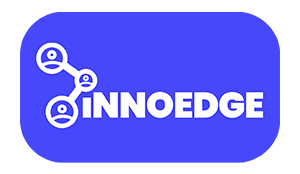For businesses to fully leverage cloud technologies for transformation and digital dominance, executives must focus on five key practices: pursuing business and industry advantages, designing and orchestrating the Cloud Continuum, unleashing value from data and AI, reimagining operating models and talent, and mastering cloud economics. By embedding these practices across organizations, companies can extract maximum value from cloud investments and succeed in an increasingly complex digital landscape.
The transition to cloud computing has revolutionized how businesses operate, offering unprecedented opportunities for growth, innovation, and efficiency. However, to unlock the cloud’s full potential, C-suite executives must look beyond mere migration and address broader strategic concerns that impact their organizations’ long-term success in the digital realm. Research from McKinsey and Accenture provides valuable insights into practices that can help businesses thrive in the Cloud Continuum and maximize their cloud investments.
1. Pursuing Business and Industry Advantage
The first step is a fundamental mindset shift toward an obsession with value. Connecting business strategy to cloud investment and viewing the cloud as a strategic enabler can lead to better outcomes and significant cost savings. Businesses are encouraged to adopt cloud products and services comprehensively to stay competitive and foster growth.
2. Designing and Orchestrating the Cloud Continuum
Modern cloud adoption no longer focuses solely on moving from on-premises infrastructure to public cloud venues. Businesses must now navigate hybrid and multi-cloud architectures, requiring skilled architects and strategies that embrace these complex environments while ensuring workload placement and architectural flexibility.
3. Unleashing Value from Data and AI
Migrating data to the cloud is just the beginning. Organizations must create trusted data platforms and leverage AI to reinvent workflows and drive innovation. This step requires a proactive approach to data management, ethical AI training, and a clear strategy for data utilization.
4. Reimagining Operating Models and Talent
Cloud adoption often requires a higher level of skills and more people, not fewer. The focus should be on strategic enablement rather than cost reduction. By prioritizing people and culture in cloud transformation, organizations can achieve greater value and enhance speed and agility.
5. Mastering Cloud Economics
As cloud spending becomes a dominant expense, managing its dynamic costs is crucial. The introduction of FinOps, a new organizational discipline, helps bring financial accountability to the variable spend model of the cloud, enabling shared accountability across the business and alignment between the CIO and other C-suite counterparts.
Key Takeaways
- Strategic Alignment: Ensure cloud investments are closely aligned with the broader business strategy to maximize ROI.
- Flexibility and Scalability: Adopt hybrid and multi-cloud architectures to maintain flexibility and scalability.
- Data and AI Utilization: Leverage data and AI to fuel innovation, reinvent business processes, and create engaging experiences.
- Invest in People: Focus on talent development and culture as key components of cloud transformation.
- Economic Management: Implement FinOps and other financial accountability practices to manage and optimize cloud spending effectively.



